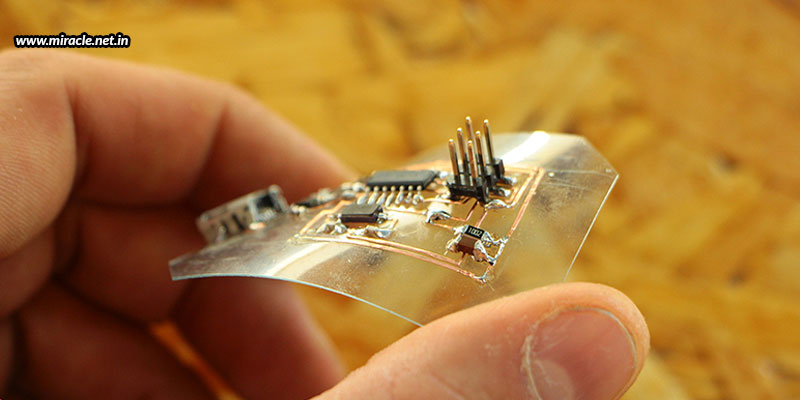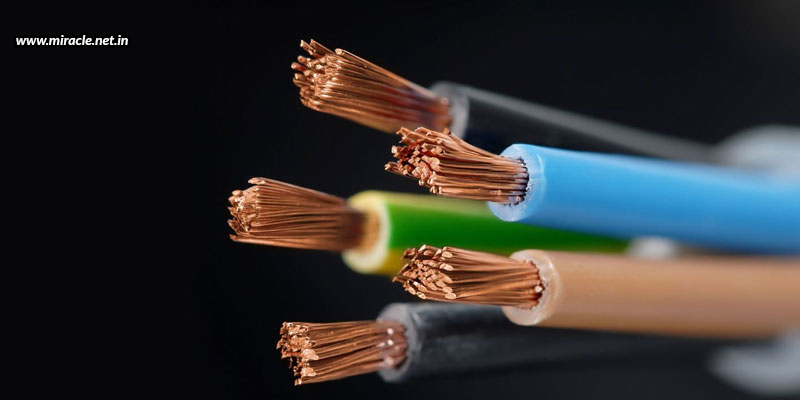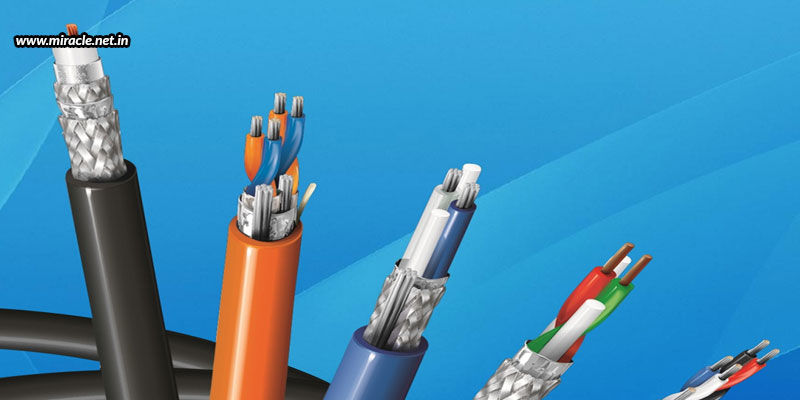Looking to order a custom wire harness? That’s a very wise decision, because a customized wire harness is certainly a better choice that a standard available one. But, if you think customizing is an easy task, hold on. Until and unless you consider certain aspects, you won’t be able to make the right decision. Certain terms, in the field of wire harnesses, are used interchangeably by a layman, but essentially, every term is different, and you must be able to understand what you want exactly, and what that particular feature is known as, so that you can convey the same to the manufacturer and get what you precisely want.
Wires and cables
People generally use the terms wires and cables interchangeably, but in reality, both these terms are different. Wires are made of a single conductor, while cables are a group of conductors. Wires are bare and twisted, while cables have the wires running parallelly and twisted together to form a single case, with an outer insulation covering to protect it from abrasion, moisture, and wear and tear. The basic materials used to make such wires and cables are copper and aluminium.
Wire harness and cable assembly
These are two other terms that are often confused with each other, but there is a difference. Wire harnesses are a basic exterior coating, covering smaller wires within. The basic materials used to make a wire harness include thermoplastic and thermoset materials, which mildly protect the wires from certain weather conditions. Cables assemblies, on the other hand, are a group of cables wrapped in an outer layer, to keep the cables together and organized. These assemblies are made from heavy-duty materials like thermoplastic rubber, vinyl, or shrink-wrapped thermoplastic. Thus, cable assemblies serve a similar function to wire harnesses, being more durable so as to withstand tougher environments like heat, moisture, friction, etc.
Braided wires and coaxial cables
Basically, you’ll use solid stranded wires in your harness. But, if you want a stronger option, braided wires are a better choice. In a braided wire, many small strands of wire are formed into a braid; thus making it difficult to break or tear the wires easily. This is why critical industries like aerospace and mining use braided wires. Coaxial cables are also a type of braided wires, with an inner copper core, and a braided copper shield on top of the dielectric insulator, covered with another protective insulation or sheathing. These cables are ideal for transmission of audio, video, and radio frequencies, which is why they are often found in cable TV connections, home audio systems, DVD players, and the like.
Conductors
Conductors are wires made of copper, stainless steel, or copper alloys, responsible for carrying electrical signals. A wire has only one conductor, while a cable can have multiple conductors. It is the conductors that decide on the electrical properties of a wire or cable, such as operating temperature, solderability, weight, and corrosion resistance.
Connectors and terminals
Connectors and terminals join two circuits or wires, in a way that information and electric signals can pass. Connectors can complete an electric circuit by connecting two points, and terminals can form a connection between two conductors or wires. The most common types of connectors include power connectors, computer connectors, and audio connectors; the that of terminals include crimp terminals, turret terminals, and screw terminals.
Insulation
Insulation is the protective covering over a core or strands of wires or cables, which protects the wires and cables from external damage, breakage, and wear and tear.
With knowledge about the most basic terms associated with wires and cables, you should now be in a better position to understand as well as convey what you want. Even better, you can partner with a reliable and genuine cable assembly or wire harness manufacturer in India to help you. One such manufacturer is Miracle Electronics, where you can get only the best quality harnesses and assemblies that are made with the finest materials, and great craftsmanship, yet being delivered to you at the most reasonable prices!
















